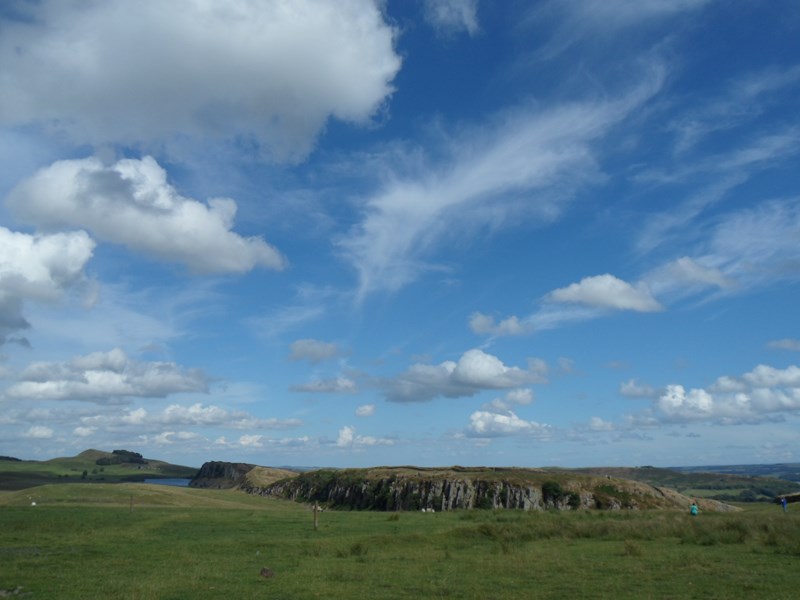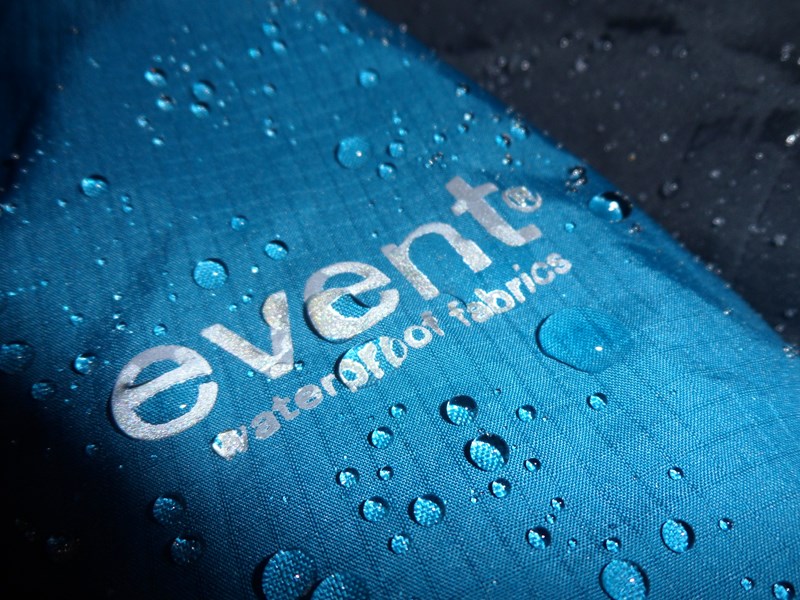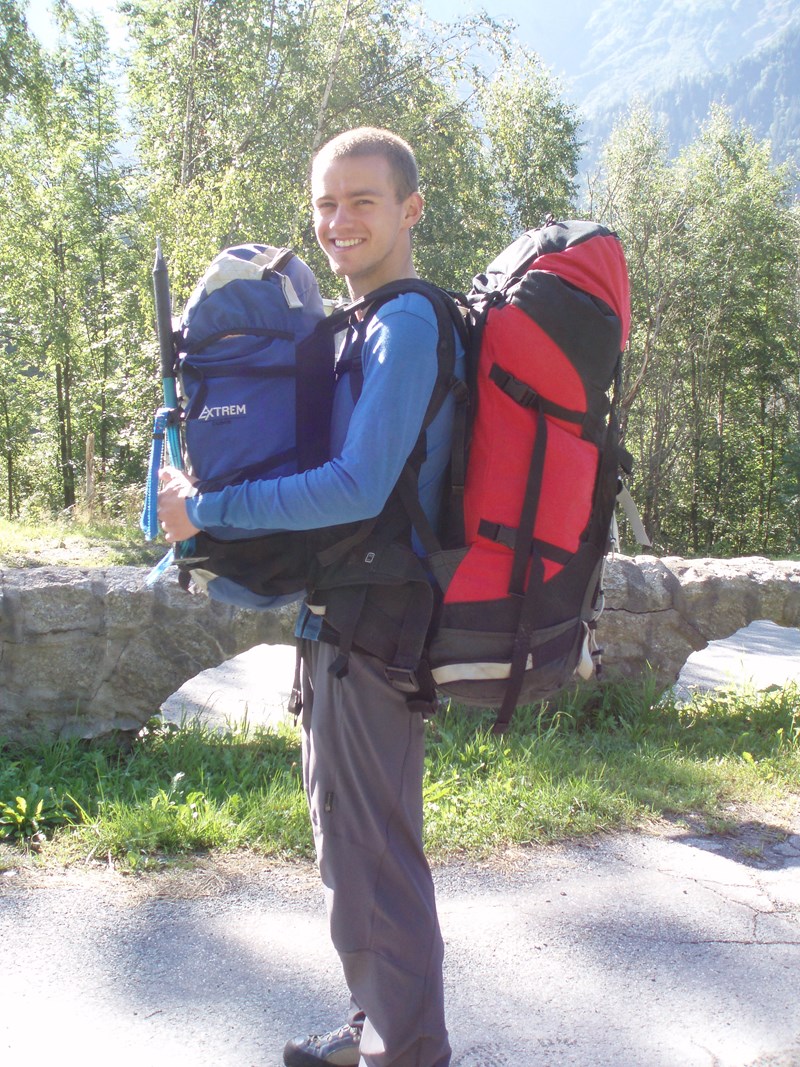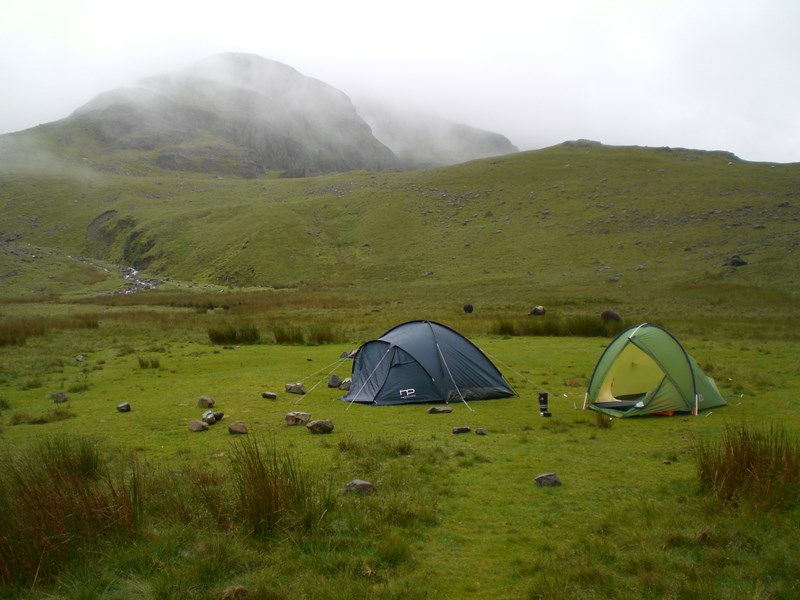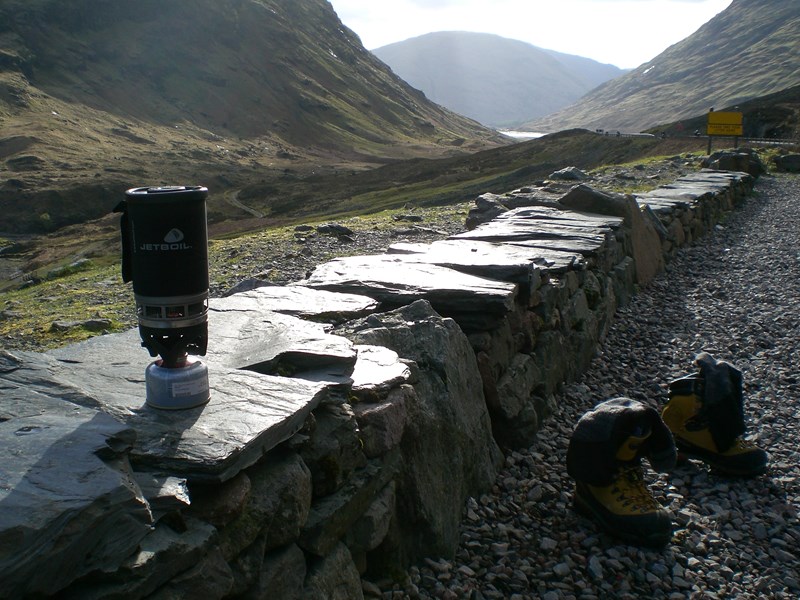20 top tips for lightweight hill walking
Hill walking and being out in the mountains is an immensely enjoyable activity and provides people with relaxation, physical exercise and most importantly fun days out. But, unless you are masochistic, lugging round some overweight rucksack with big clumpy boots on just isn't the best way to enjoy the hills.
Instead going lightweight means you can travel further and faster while expending less energy and having a more enjoyable time doing so. Counterintuitively it can actually be safer to carry less equipment because it actually allows you to move quicker thereby reducing the chances of getting benighted (still on the hills after sunset), helps you to make better decisions because you are less tired and reduces the chance of injuring yourself whilst walking (people often struggle to carry their equipment and end up experiencing injuries simply from being overloaded).
Please note: the following tips are suggestions and you should always exercise your own judgement.
No. 1: Check the forecast
Checking the weather forecast should be absolutely essential to any day in the hills but you can also use it to save weight. If you see a forecast that predicts no rain then you can maybe try taking your lightweight waterproof jacket instead of your heavyweight waterproof; for example a Rab Latok Jacket weighs 630g but a Rab Flashpoint Pull-on weighs 130g. Or perhaps a particularly warm forecast means you can maybe leave that extra warm spare jacket at home. Example weight saving: 500g.
No. 2: Weigh your gear
Simply by taking the time to weigh the equipment you are going to use you might find a few surprises. Items which you thought were your "lightweight" option instead turn out to be far from it. Also don't just trust the manufacturers quoted weight, a few years ago a well known and reputable outdoor clothing manufacturer had a jacket which they quoted as weighing 415 grams (lightweight and about right compared to alternative jackets that you could of bought instead) but on an actual set of scales it weighed 630 grams (in a size small). Either way it will allow you to make an informed choice as to what to take. Example weight saving: 215g.
No. 3: Strip your rucksack
As rucksacks roll off the production line they are full of features that a designer in an office thought would be a good idea. However in reality many of these features may never get used; waterproof covers, metal frames, extraneous pockets etc. Some of these will already be removable and can be put back when you actually need them, e.g. ice axe attachment points. But if you don't mind voiding your warranty you can get a bit more creative and take a knife to things you just don't need. For example the old Lowe Alpine - Alpine Attack 35:45 rucksack weighed 1220 grams as it rolled off the production line but with removing the back panel, lid and some extraneous straps you can get that weight down to 770 grams. Example weight saving: 450g.
No. 4: Waterproof your gear
No matter how lightweight an item is when it is dry you can be sure it will weigh more when it is wet. For example a pair of Scarpa Charmoz GTX boots weigh 1524 grams when dry but when they are fully saturated they weight 1980 grams. Whether it is your boots, rucksack or outerwear if you can prevent items from getting wet or just alleviate the issue slightly then significant weight savings can be made. Example weight saving: 456g.
No. 5: Don't carry cash
A pocket full of loose change may be useful for an end of day celebratory hot chocolate but all of that metal weighs a lot! If you really must carry cash then a £10 note is far less weight than a load of coins. Alternatively as we move further in to the modern era then cards and paying by phone (e.g. android pay) make it even easier to save that extra weight. A pound coin weighs just less than 10g so depending on how much you're carrying you can save some significant weight (assuming you have a pocket full of change). Example weight saving: 100g (Assuming 10 x £1 coins).
No. 6: Charge everything at home
As we become more and more technology dependent the amount of batteries we end up lugging round with us increases. Smartphones, cameras and GPS devices can all enhance our enjoyment of the hills but carrying kilos of spare batteries means we don't always feel the benefit. If you ensure that everything is charged before leaving the house or car you can save all of that extra weight. Alkaline AA batteries weigh 23g (approximately) so by the time you have added up those spare batteries for your GPS, headtorch, camera and power pack for your phone you can make some really significant weight savings made. Example weight saving: 69g (On the basis on 3 x AA batteries).
No. 7: Don't carry spares of everything
Whilst it is great to be conscientious and ensure that you always have enough equipment for every eventuality it does require some good judgement for what is an essential spare and what is superfluous to requirements. You know when things are getting out of hand when you start contemplating packing a spare rucksack.... But you can make some excellent weight savings just by taking some spares out; when heading out with a group of friends try checking what everyone else is taking and see what other spares people are carrying. If everyone else is carrying spare hats, gloves, maps, compasses, batteries then you might be able to save yourself a few items (assuming you don't plan on becoming separated from the rest of your group). Another example of carrying spares unnecessarily is pegs for tents; if you buy good quality pegs they should be far more resilient to snapping or bending but even if you do happen to break one you can often use a large rock instead (e.g. on a guy line). I've even seen people use a spoon handle as a spare peg. Example weight saving: Potentially a lot!
No. 8: Unpack your rucksack carefully
Once you return from your adventure in the hills it can be tempting to throw your rucksack in the back of the wardrobe, garage or spare bedroom and not think about it again until you need it next. But try carefully unpacking your rucksack and taking note of the items you didn't use. If you haven't used an item in 10 or so trips the chances are you might be carrying it unnecessarily (Please note: just because you didn't use your waterproofs on the last 10 trips doesn't mean you can't carry them - you still need to take all of the essential items). After a while of doing this you might realise that those extra 5 chocolate bars just aren't getting eaten despite how delicious they might look. Example weight saving: 26g (on the basis of 2 snack size Mars bars).
No. 9: Reduce your roll mat
Lots of people carry a full length roll mat for a good night sleep. However more often than not a section of the roll mat is unused, because people either aren't as tall as their roll mat or they don't sleep fully stretch out. Instead you can use a three quarter length roll mat and if you still feel the need to insulate yourself from the ground for that final quarter then use your rucksack or spare clothing. A Thermarest Ridgerest is 183cm long and weighs 400g so if you take that to approximately three quarters of its length (137cm) you could save 100g roughly. Or instead of buying a full length (size large) Thermarest Prolite Plus weighing 0.88kg you could buy either the regular (0.65kg) or the small (0.45kg) to make a decent weight saving. Example weight saving: 430g.
No. 10: Smaller versions of the same item
Whilst buying in bulk may be a cost effective way of shopping it certainly isn't an effective way of going lightweight. Instead of carrying that family size bottle of sunscreen try using a smaller bottle. This is a win win as you still retain the item you wanted but it saves weight. Example weight saving: 150g (On the basis of a 50ml sun lotion instead of a 200ml bottle).
No. 11: Spend money
In actuality a lot of weight saving can be achieved without spending any money, however there are occasions where spending money can actually deliver big weight savings. For example Terra Nova make the Voyager tent, the standard version of this costs £550 and weighs 2.15kg. But the Voyager Ultra 2, which is almost identical in dimensions and shape etc. costs £1800 but only weighs 1.05kg. A 50% weight saving (roughly) is a significant weight saving but also a significant price increase as well. Depending on your usage and aspirations this might be a price worth paying (there are lots of other similar examples where the price increase isn't quite so significant). Example weight saving: 1100g.
No. 12: Carry less water
Now before everyone goes round getting dehydrated, that's not what I'm advocating! But if you do drink plenty of water before leaving the house / tent / car you can ensure that you are properly hydrated before you begin. This means you don't have to carry as much water and you don't have to stop as often to have a drink. Example weight saving: 1000g (On the basis of taking 1L instead of 2L).
No. 13: Carry less water (again!)
Water does add quite a bit of weight to your rucksack so if you can save carrying it then that is definitely an advantage. Some people suggest carrying a cup to drink from mountain streams; personally I would never choose to do this as the risk of the water being unsafe is too high. However if you are trekking in the Alps you often find that villages and towns you pass through have drinking fountains. Example weight saving: even more?
No. 14: Share, share and share!
Maybe not possible if walking by yourself but certainly the way to go when out with friends. Many items can be used by different people; camera, toothpaste, stove, tent, spoon. All of these items and more can be shared with others in the group, e.g. instead of everyone taking their own stove (which weigh a lot) you can share the stove with others. Although you might have to sit and wait for someone else to finish with the stove you'll have probably arrived early anyway (because you were carrying less weight). Example weight saving: potentially a lot depending on how good your friends are.
No. 15: Use the same item twice
Try using the same item but for two (or more) different jobs. For example if you are carrying a roll mat you can use it as the back padding on your rucksack (lots of rucksacks have a panel you can slide it in to). This means you can remove a heavy frame and use something you were already carrying anyway. Or try eating out of the pan on your stove instead of carrying an additional plate / bowl. Or try using just your spoon to eat all of your food instead of carrying a knife, fork and spoon. Example weight saving: 99g or more (on the basis of using just a spoon).
No. 16: Cut your map down to size
When you buy a map it is enormous and probably has areas on it that you'll never need. Instead try cutting your map down to the area you need (ensuring you don't cut anything off that you might need e.g. if you got lost) then neatly fold and place the section you do need inside a good quality map case. Or even better, print your maps at home using good mapping software (e.g. Anquet). Example weight saving: 160g (on the basis of a laminated OS map weighing 196g versus a single A5 printed map in an Ortlieb map case weighing 36g).
No. 17: Use your car as a hill walking assistant
When setting off from a car use it as your last chance to save some extra weight. Try charging any devices, have a drink of water, apply your sunscreen. That way you ensure you can travel as light as possible meaning you might be able to leave some spare batteries behind or take a smaller water bottle or carry a smaller bottle of sunscreen because you have used your car as your base. Example weight saving: a lot!
No. 18: Don't cut your toothbrush in half
Often cited as a weight saving technique ("cut your toothbrush in half it'll save loads of weight", normally said by the person with the 20kg rucksack....) but in reality the weight saving is absolutely minimal and the time and effort can be put to better use! Example weight saving: 6g.
No. 19: Lightweight food
Try to choose food which provides lots of energy and nutrition but weighs very little. Beef jerky and dehydrated fruit can be great snacks. If you want to have even greater control over your food choice you can buy a dehydrator to prepare your own food. Example weight saving: 30g (on the basis of one small pack of beef jerky).
No. 20: Allocate your items
If you know how long you are going to be out for then try to identify how much or how many of a particular item you are going to need. For example don't carry a bag of hot chocolate, try buying sachets or measuring it out so you only carry exactly what you expect to use. Example weight saving: 320g (on the basis of two sachets weighing 25g each versus small tub weighing 370g).
In total all of the example weight savings come to 5111g - this may even be a conservative amount when you factor in the potential in some of the tips. Either way it is a significant amount of weight to save which would ultimately make for a more enjoyable time in the hills.
